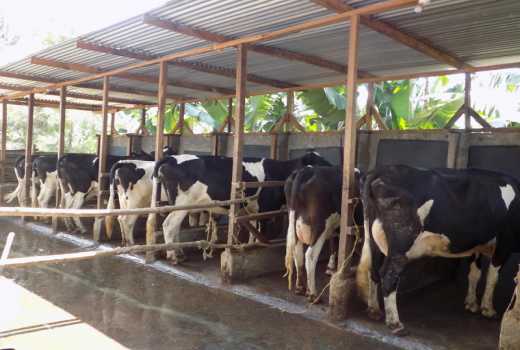×
The Standard e-Paper
Informed Minds Prefer The Standard

The rains are here after a long drought and this means more feeds. With good management your thin animals will gain good weight. The weatherman has hinted that the rains will be above average and will linger on for a while. This is important information for any livestock farmer.
Farmers must therefore be aware of the good and the bad to tap into the opportunity presented by the rains or mitigate against negative effects.